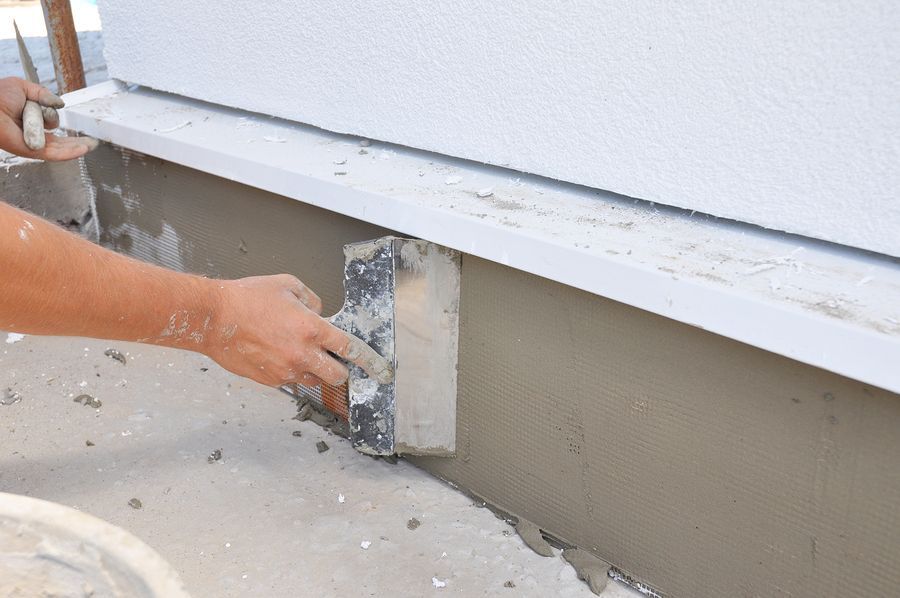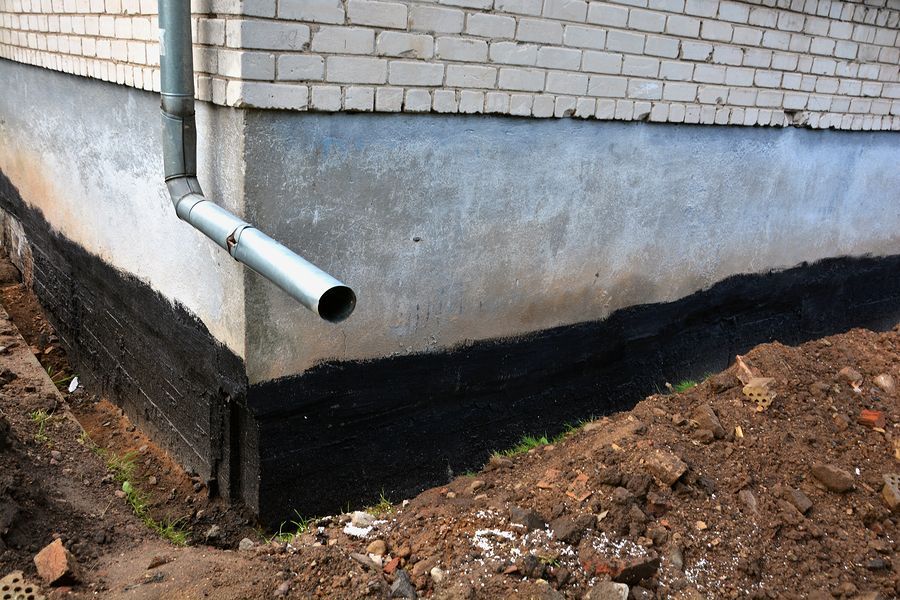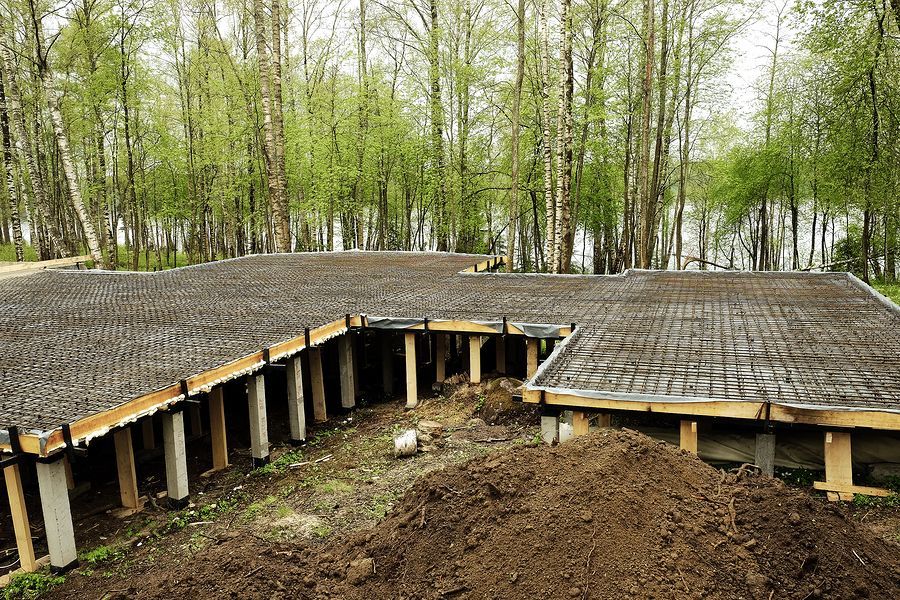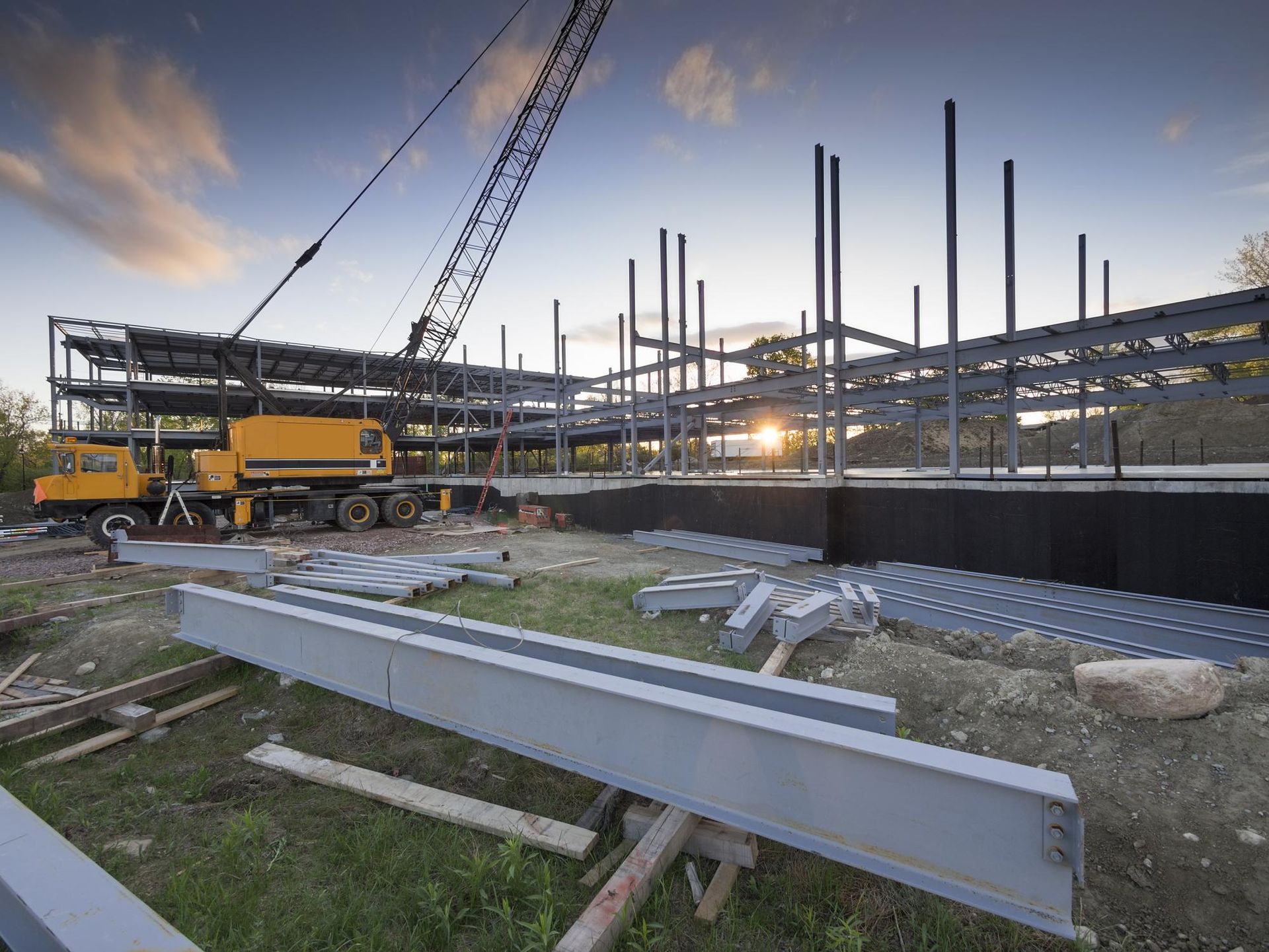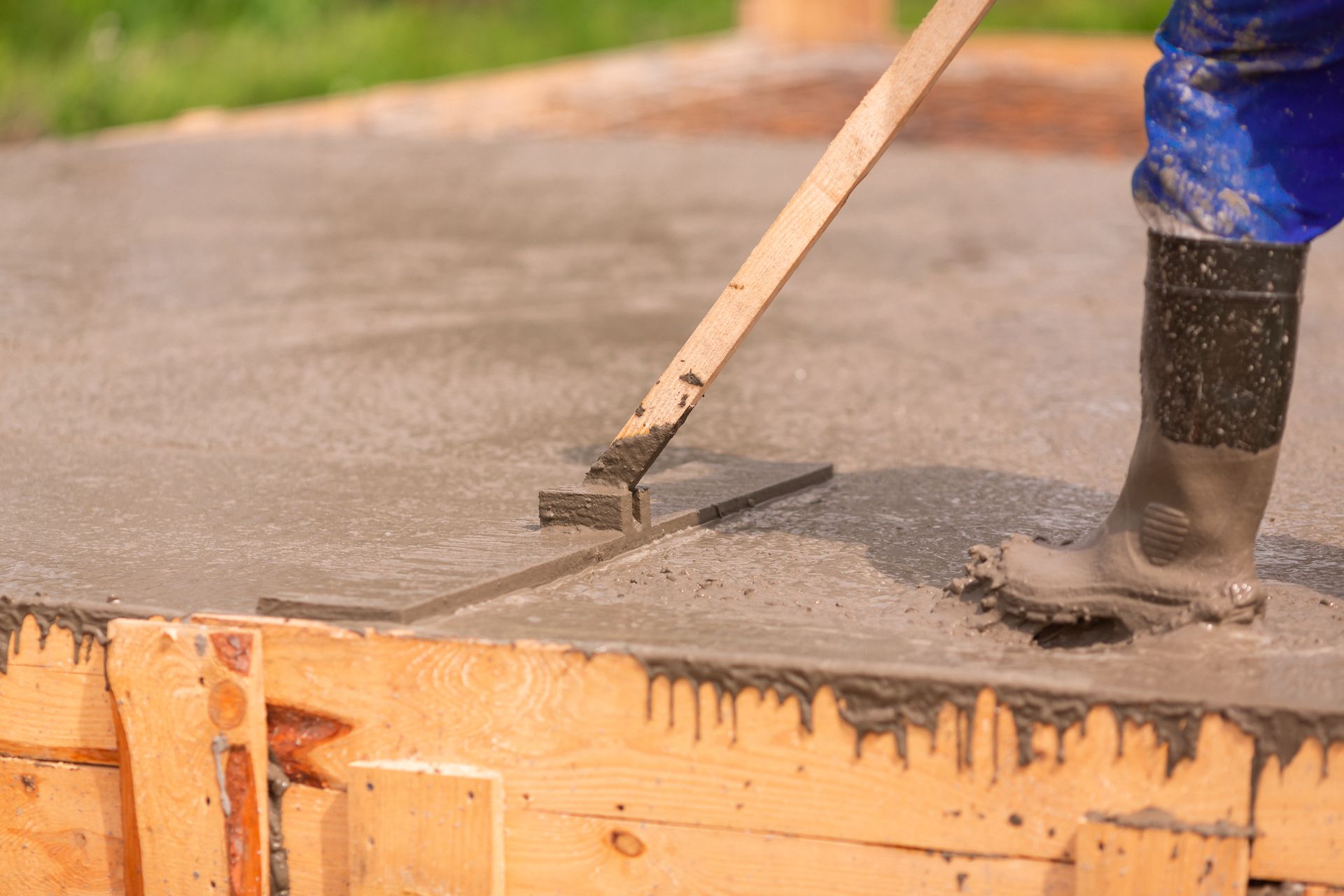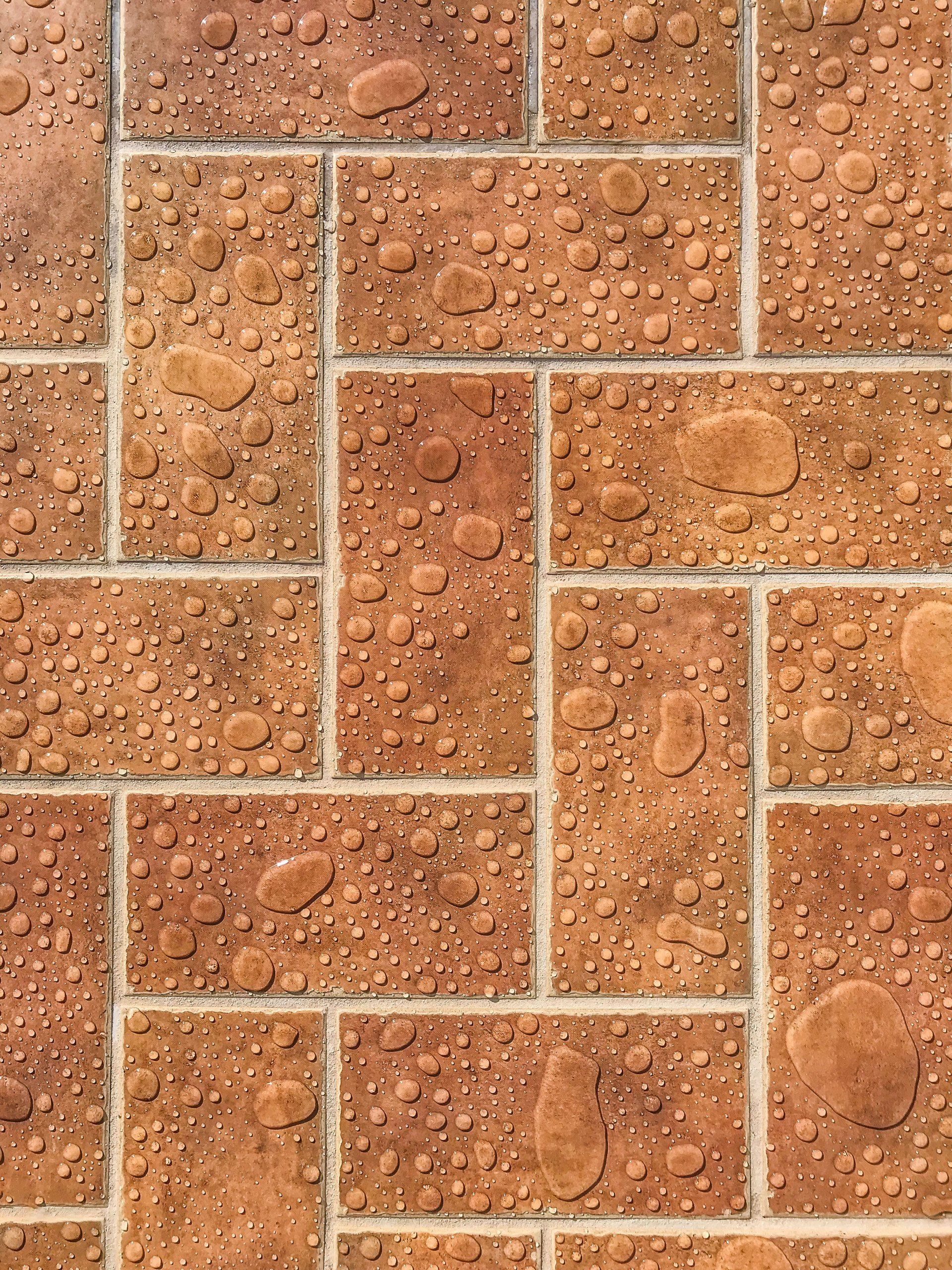Navigating the Costs of Foundation Repair: A Homeowner’s Guide
Navigating the Costs: Foundation Repair Costs Uncovered
The foundation of your home is its bedrock, both literally and figuratively. It's the unseen hero that keeps your house standing strong. But when issues arise, they can be both daunting and costly. Understanding the cost to fix a house foundation is crucial for every homeowner. This comprehensive guide will delve into the various aspects of foundation repair costs, aiming to provide you with a clear understanding of what to expect and how to prepare.

Diagnosing Foundation Problems: The First Step
Understanding the signs of foundation issues is crucial in preventing escalated costs. Besides visible cracks and structural shifts, subtle signs like uneven flooring, doors that won't close properly, or cracks in tiles can indicate foundation problems. Engaging a professional for a thorough inspection is essential. These experts use specialized equipment to assess the severity and pinpoint the exact issues with your foundation. They can differentiate between superficial and structural cracks, a distinction crucial for appropriate repairs.
Remember, the cost of this inspection is an investment in accurately diagnosing the problem, ensuring that repairs are targeted and effective, thereby avoiding unnecessary expenses.
Factors Influencing Foundation Repair Costs
The cost of foundation repair is impacted by a myriad of factors, making each case unique. The geographic location of your home can affect costs due to varying labor rates and the availability of materials. In regions with extreme weather conditions, additional protective measures might be required, adding to the expense. The extent of damage and the urgency of repairs also play a role. Emergency repairs often cost more due to the need for quick mobilization of resources.
Furthermore, the approach taken by the repair company, whether it involves minimal intervention or a comprehensive overhaul, can significantly impact the final bill.
Common Foundation Repair Methods and Their Costs
Each foundation repair method comes with its unique cost structure. Slabjacking, for instance, is a cost-effective method for lifting sunken concrete slabs but may not be suitable for more severe cases. Piering or piling, involving the installation of steel or concrete supports to stabilize the foundation, is a more comprehensive solution but also more costly.
Waterproofing, essential in preventing future issues, can add to the cost but is critical in areas prone to water damage. Understanding these methods and their associated costs helps homeowners make informed decisions about the most appropriate and financially viable solution for their specific foundation problems.
The Price of Neglect: Long-Term Costs of Unfixed Foundations
The long-term financial implications of ignoring foundation issues can be staggering. Unaddressed problems often lead to extensive structural damage, necessitating major renovations that can be far more costly than initial repairs. In severe cases, foundation issues can compromise the entire structural integrity of the home, leading to safety hazards and potentially making the house uninhabitable. This can result in significant loss of property value, and in worst-case scenarios, complete reconstruction may be necessary. Regular maintenance and early intervention are key strategies in avoiding these disastrous financial outcomes.
Preparing for Foundation Repair Costs: Financial Tips
Financially preparing for foundation repair costs involves prudent planning. Homeowners should consider creating a dedicated savings fund for home repairs, contributing regularly to build a financial cushion. Researching and comparing different repair quotes is essential in getting a fair deal. Additionally, some contractors offer payment plans, which can make the expense more manageable.
Understanding the terms of these plans, including interest rates and payment schedules, is crucial. Homeowners should also be aware of potential tax deductions or credits for home repairs, as some foundation repairs, especially those that improve energy efficiency, may qualify.
DIY vs. Professional Foundation Repairs: A Cost Comparison
While DIY repairs may seem less expensive, they often lack the precision and durability of professional work. Foundation repair requires specialized knowledge, tools, and materials, which most homeowners do not possess. DIY attempts can lead to improper repairs, causing further damage and ultimately higher costs. Professional repairs, on the other hand, are performed by experts who can accurately diagnose issues and provide lasting solutions. They also come with warranties, offering protection against future problems. In the long run, investing in professional repairs can be more cost-effective, ensuring the problem is correctly and permanently fixed.
The Future of Foundation Repairs: Innovations and Cost Implications
The foundation repair industry is continually evolving, with new technologies and methods emerging. Innovations like 3D imaging for accurate diagnostics, eco-friendly materials, and advanced waterproofing techniques are shaping the future of foundation repairs. These advancements, while potentially increasing upfront costs, offer more precise, durable, and sustainable solutions. They can also lead to reduced maintenance and repair costs in the future. Staying abreast of these developments and considering their long-term benefits versus initial costs is crucial for homeowners. These innovations not only address current issues but also contribute to the overall longevity and resilience of the home.
A Smart Investment in Your Home's Stability
Investing in foundation repairs is a crucial aspect of responsible homeownership. It not only addresses immediate structural concerns but also contributes to the long-term health and safety of the home. Understanding the various factors that influence repair costs, the available methods, and their long-term implications is vital. Homeowners should approach foundation repairs with a mindset of investment, recognizing that the right repairs can enhance the value and longevity of their property. By staying informed, planning financially, and opting for professional services, you can ensure that your home remains a safe and stable haven for years to come.
For further insights on home maintenance and repair costs, explore our blogs and check out our detailed services page.
Bakersfield Foundation Repair Pros

